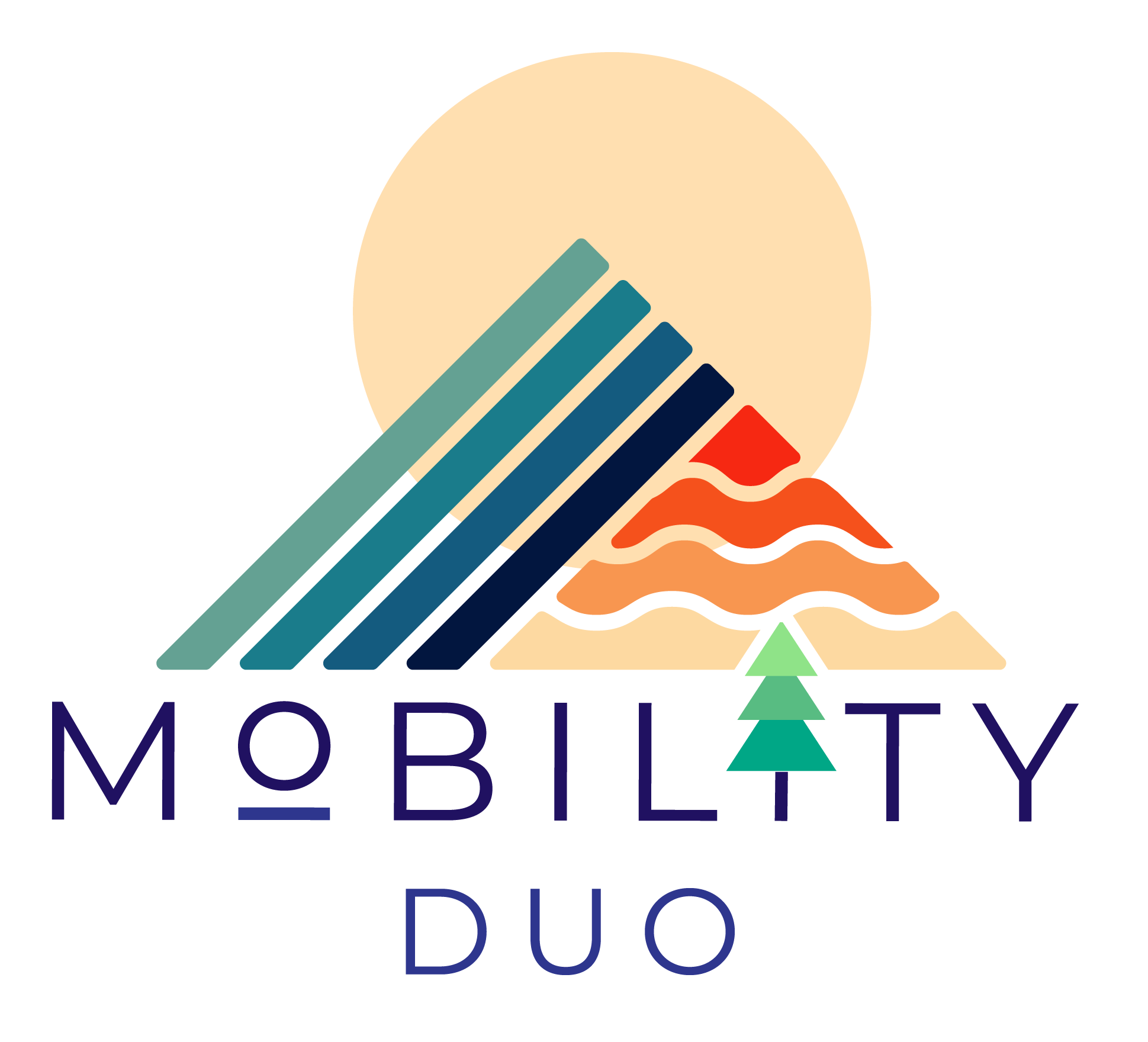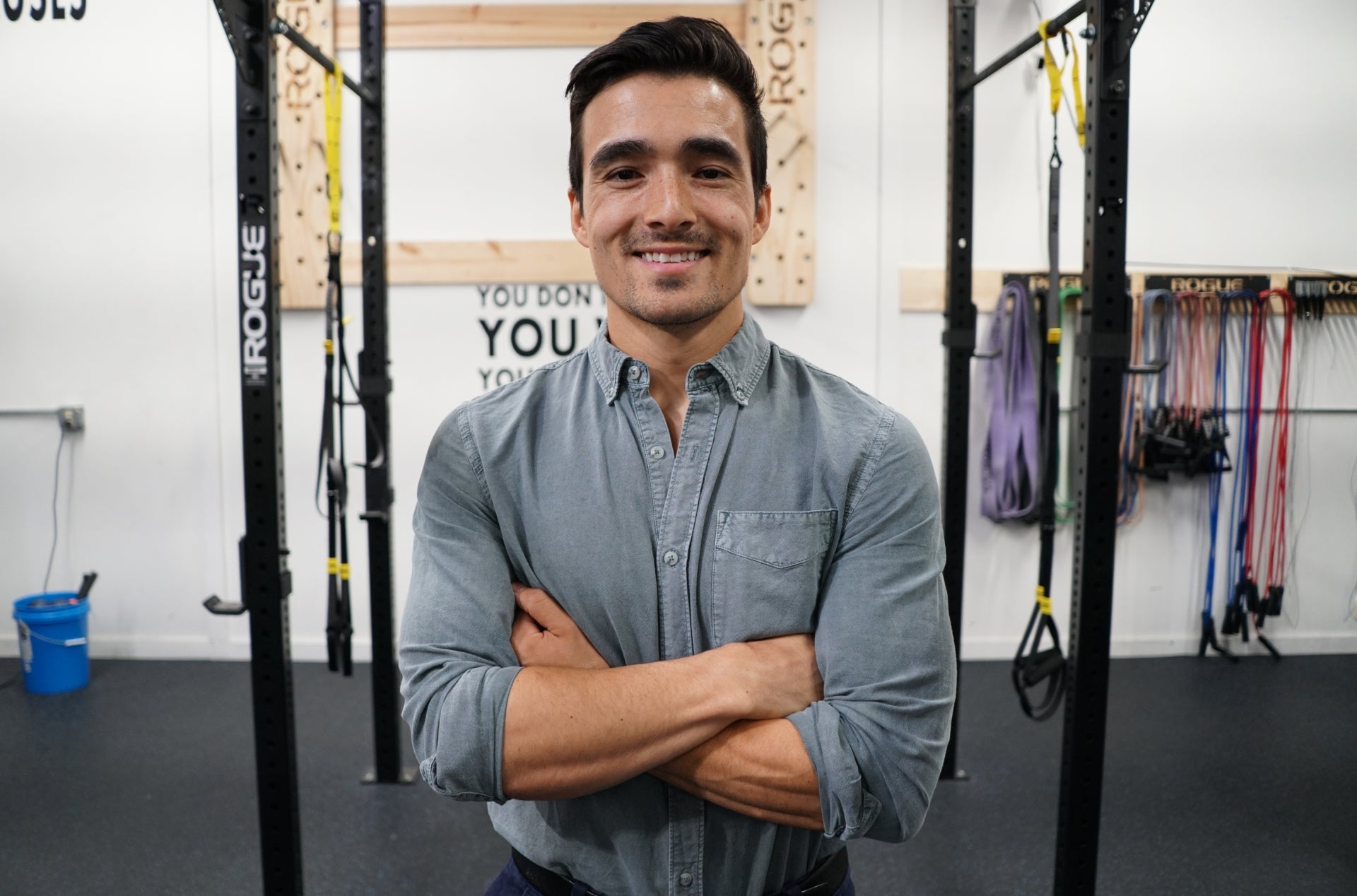Knee pain can sideline even the most passionate snowboarder. But what if you could strengthen your knees and reduce your risk of injury before hitting the slopes? That's where prehab comes in. Remember, these are simply my observations and experiences, not medical advice.
Why Prehab Matters for Snowboarders
Snowboarding puts unique demands on your body, especially your knees (It is an extreme sport after all). Think about the forces involved in carving, landing jumps, and absorbing bumps. Your knees need strength, stability, endurance and flexibility to handle it all.
Like I always say, “if you aren’t jumping OFF the mountain, how do you expect to jump ON the mountain?”
Prehab exercises prepare your body for these challenges by:
-
Strengthening key muscles: Stronger muscles provide better support for your knee joints, reducing the risk of strains, sprains, and tears.
-
Quadriceps - Knee Extension
-
Hamstrings - Knee Flexion
-
Gastrocnemius - Cross the knee joint but primarily plantarflexion
-
Also think about the muscles above and below the knee joint!
-
Improving flexibility/mobility: Good flexibility/mobility helps your joints move with strength through their full range of motion, improving performance and preventing injury. When we stress at various ranges, especially with intensity, we want to be confident our joints will sustain these forces.
-
Enhancing balance and coordination: Improved balance and coordination help you maintain control and react effectively to unexpected situations on the slopes. This can especially help when visibility is poor, terrain is unpredictable, or fatigue has set in later in the day.
Key Exercises for Happy Knees
Here are some essential prehab exercises for snowboarders, incorporating movements from our SNOGA, Shred 3.0, and our Bodyweight Strengthening Program:
1. Squats - All Varieties (Shred 3.0 & Bodyweight Strength):

-
Why they're great: Squats build strength in your quads, hamstrings, and glutes – all crucial for knee stability and sustaining long holds
-
How to do them: Stand with feet shoulder-width apart, toes slightly outward. Lower your hips as if sitting in a chair, keeping your back straight and chest up.
-
Some examples: Sumo Squats, Split Squats, Unilateral Squats, Pistol Squats, Inclined Squats
2. Lunges - All Varieties (Shred 3.0 & Bodyweight Strength):

-
Why they're great: Lunges work your quads, hamstrings, and glutes while also challenging your balance in a single leg stance.
-
How to do them: Step forward with one leg, bending both knees to 90 degrees. Keep your front knee aligned with your ankle.
-
Some examples: Bulgarian Splits, Power Lunges, Reverse or Forward Lunges.
3. Lateral Lunges (Shred 3.0):

-
Why they're great: These target your inner and outer thigh muscles, which are important for knee stability and preventing sideways movements that can lead to injury. Snowboarders spend most of their time in a frontal plane, why not train like it?
-
How to do them: Step to the side, keeping your toes pointing forward and your other leg straight. Bend your knee and lower your hips until your thigh is parallel to the ground.
-
Some examples: Curtsy Lunge, Isometric holds, Eccentric lowers, Cossack Squats.
4. Hip Thrusts (Shred 3.0 & Bodyweight Strength):

-
Why they're great: Hip thrusts strengthen your glutes and hamstrings, which help control knee movement and prevent ACL injuries.
-
How to do them: Sit on the ground with your upper back against a bench or sturdy surface. Drive through your heels to lift your hips off the ground, squeezing your glutes at the top.
-
Some examples: Single or Double Leg Bridges
5. Warrior Poses (SNOGA):

-
Why they're great: These yoga poses improve strength, flexibility, and balance. Warrior II, in particular, strengthens the legs and ankles while stretching the inner thighs and groin.
-
How to do them: There are several variations, but generally involve stepping your feet wide apart and bending one knee while keeping the other leg straight.
6. Chair Pose (SNOGA):

-
Why it's great: This pose strengthens your quads, glutes, and core, improving stability and endurance.
-
How to do it: Stand with feet hip-width apart, then bend your knees and lower your hips as if sitting in a chair. Reach your arms overhead.
7. Bridge Pose (SNOGA):

-
Why it's great: Bridge pose strengthens your glutes and hamstrings, which are essential for supporting your knees.
-
How to do it: Lie on your back with knees bent and feet flat on the floor. Lift your hips off the ground, creating a straight line from your shoulders to your knees.
Bonus Tip: Don't Neglect Your Core!
A strong core is essential for overall stability and injury prevention. Include exercises like planks, side planks, and bird-dog in your routine. It doesnt need to be fancy, but our core is arguably the most important group of muscles to keep you riding longer.
Ready to Take Your Knee Health to the Next Level?
Check out our Shred 3.0, SNOGA, and Bodyweight Strength programs for comprehensive training plans designed specifically for snowboarders. We'll guide you through effective exercises, progressions, and modifications to help you build strong, resilient knees and enjoy pain-free snowboarding for years to come.



Leave a comment